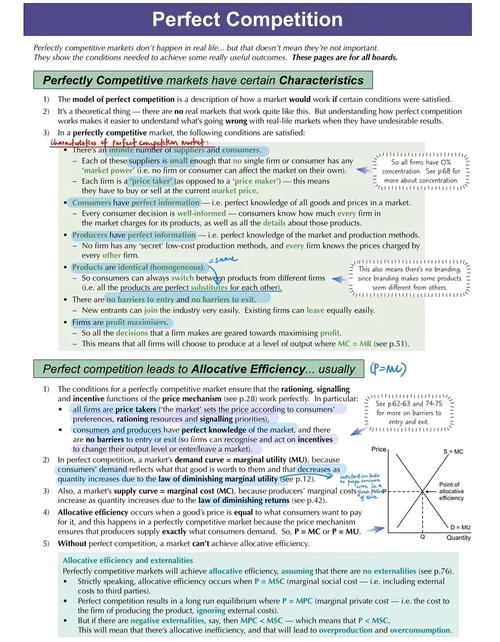Understanding the CO2 Market: A Comprehensive Guide
Understanding the CO2 Market: A Comprehensive Guide
The CO2 market, also known as the carbon market, is a global platform where entities trade carbon credits. It’s a vital component in the fight against climate change, allowing companies and countries to offset their carbon emissions. In this article, we delve into the intricacies of the CO2 market, exploring its history, structure, participants, and the impact it has on the environment and the economy.
History of the CO2 Market

The concept of a carbon market dates back to the early 1990s when the Kyoto Protocol was being negotiated. The protocol aimed to reduce greenhouse gas emissions, particularly carbon dioxide, by setting binding targets for developed countries. To achieve these targets, the idea of a carbon market was born, allowing countries to trade emissions allowances.
In 2005, the European Union Emissions Trading System (EU ETS) was launched, becoming the world’s first large-scale carbon market. Since then, various carbon markets have emerged across the globe, including those in the United States, Australia, and China.
Structure of the CO2 Market

The CO2 market operates on a supply and demand basis. Governments or regulatory bodies set a cap on the total amount of carbon emissions allowed within a specific region or sector. Companies and entities within that region or sector are then allocated allowances, which represent the right to emit a certain amount of carbon dioxide.
When a company exceeds its allocated allowances, it must purchase additional credits from the market. Conversely, if a company emits less than its allocated amount, it can sell its excess allowances to other entities in need. This creates a dynamic where companies have an economic incentive to reduce their emissions.
Participants in the CO2 Market

The CO2 market involves a diverse range of participants, including:
-
Companies: Industries such as power generation, manufacturing, and transportation are significant contributors to carbon emissions and, therefore, active participants in the carbon market.
-
Regulatory Bodies: Governments and international organizations set the rules and regulations governing the carbon market, including the allocation of allowances and the establishment of emission caps.
-
Brokers: These intermediaries facilitate the buying and selling of carbon credits between companies and entities.
-
Investors: Some investors are interested in the carbon market as a way to generate returns while contributing to the fight against climate change.
Impact of the CO2 Market on the Environment
The CO2 market has several environmental benefits:
-
Reduced Emissions: By providing economic incentives for companies to reduce their carbon emissions, the carbon market helps to lower overall greenhouse gas levels.
-
Encouragement of Innovation: Companies are motivated to invest in cleaner technologies and practices to reduce their emissions, leading to innovation and the development of new solutions.
-
Carbon Capture and Storage (CCS): The carbon market can also support the development and deployment of CCS technologies, which capture and store carbon dioxide from industrial sources.
Impact of the CO2 Market on the Economy
The CO2 market has both positive and negative economic implications:
-
Costs and Benefits: Companies may face increased costs due to the need to purchase carbon credits. However, the long-term benefits of reduced emissions and a more sustainable economy can outweigh these costs.
-
Job Creation: The carbon market can create new jobs in the renewable energy and clean technology sectors, contributing to economic growth.
-
Investment Opportunities: The carbon market presents investment opportunities for those interested in sustainable and environmentally friendly projects.
Challenges and Future of the CO2 Market
Despite its benefits, the CO2 market faces several challenges:
-
Market Volatility: Carbon prices can fluctuate significantly, making it difficult for companies to plan and invest in long-term emission reduction strategies.
-
Inadequate Coverage: The carbon market




